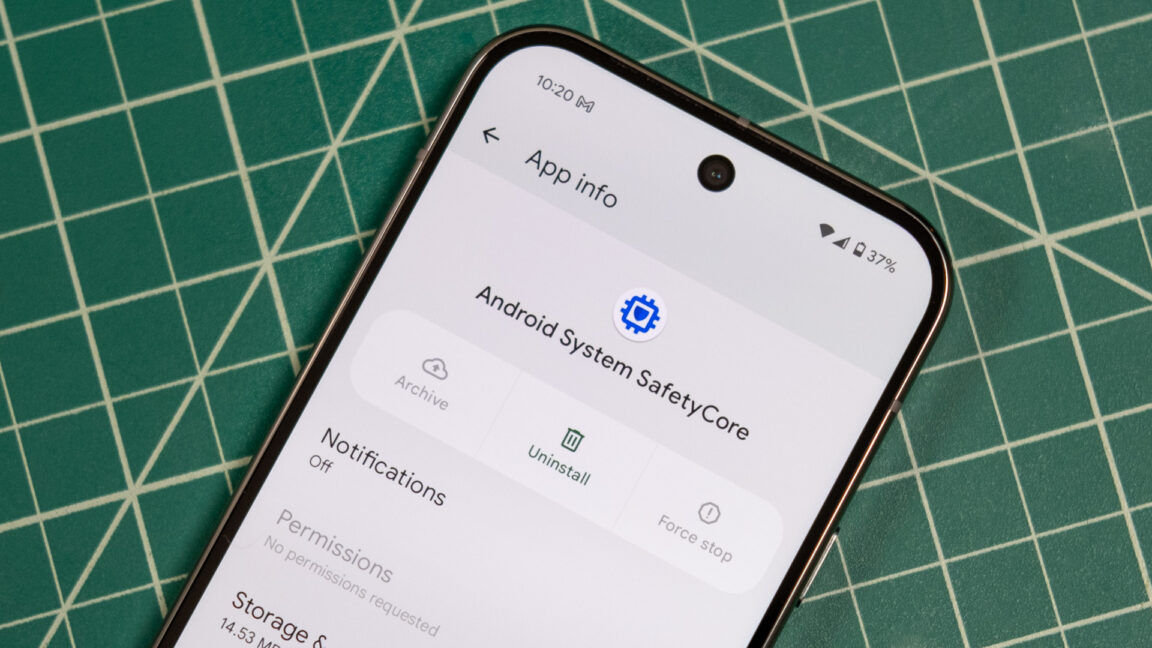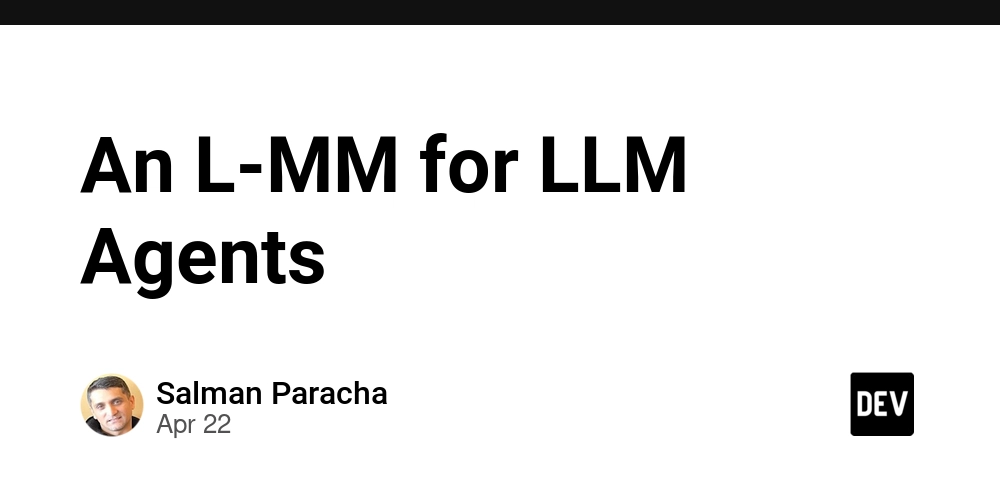Zero Trust Adoption – A Strategic Guide for the CISO and Security Leaders
Traditional perimeter-based security approaches have proven increasingly inadequate in today’s hyper-connected landscape. Zero Trust architecture has emerged as a compelling security model that assumes breach and requires verification for every user, device, and connection, regardless of location. Implementing Zero Trust represents a technical challenge and a fundamental organizational shift in thinking for CISOs and security […] The post Zero Trust Adoption – A Strategic Guide for the CISO and Security Leaders appeared first on Cyber Security News.

Traditional perimeter-based security approaches have proven increasingly inadequate in today’s hyper-connected landscape.
Zero Trust architecture has emerged as a compelling security model that assumes breach and requires verification for every user, device, and connection, regardless of location.
Implementing Zero Trust represents a technical challenge and a fundamental organizational shift in thinking for CISOs and security leaders.
Despite the documented benefits of reduced breach risk, lower security costs, and improved compliance posture, many security leaders struggle with practical implementation, executive buy-in, and measuring success.
The complexity of transitioning from legacy systems while maintaining business operations creates additional challenges.
This guide provides a strategic roadmap for security executives navigating the complex journey toward a Zero-Trust environment. It focuses on leadership approaches rather than technical specifics.
Reframing Security: The Zero Trust Mindset
Zero Trust represents more than a collection of technologies it embodies a philosophical shift in security thinking that requires leadership vision to implement successfully.
The core principle of “never trust, always verify” contradicts decades of security practice built around trusted internal and untrusted external networks.
As a security leader, your first challenge isn’t technological but conceptual: helping your organization understand that trust has become a vulnerability in today’s threat landscape.
This mindset shift demands persistent education at all organizational levels, from the board room to front-line employees.
Security leaders must position Zero Trust not as a project with an end date but as an ongoing security posture that evolves with the threat landscape.
The most successful CISOs approach Zero Trust implementation as a journey of incremental improvements rather than a wholesale transformation, prioritizing high-risk areas first while building organizational understanding and acceptance.
Key Implementation Strategies for Security Leaders
Implementing Zero Trust requires a structured approach guided by strategic leadership. Success depends on balancing technical requirements with organizational realities.
- Secure executive sponsorship first: Ensure C-suite understanding and support before technical implementation. Present Zero Trust as a business enabler that protects digital transformation initiatives while providing a competitive security posture.
- Develop a maturity-based roadmap: Create a phased implementation plan based on your organization’s security maturity. Begin with comprehensive identity and access management modernization before moving to network segmentation and continuous monitoring capabilities.
- Prioritize identity as the new perimeter: In a Zero Trust model, identity becomes your primary security boundary. Invest heavily in strengthening authentication systems, implementing multifactor authentication universally, and developing context-aware access policies.
- Build cross-functional governance: Establish a Zero Trust steering committee that includes IT, security, compliance, and business unit leaders. This cross-functional approach ensures implementations address actual business workflows and don’t create unintended operational friction.
- Emphasize continuous verification and monitoring: Deploy solutions that enable real-time tracking of user behavior, network traffic, and system interactions. This constant verification capability allows for rapid threat detection and response.
The journey to Zero Trust requires patience and persistence. Many organizations underestimate the cultural impact of moving from a trust-but-verify to a never-trust model. Your communication approach matters as much as your technical strategy.
Regular updates on progress, transparent discussions about implementation challenges, and celebrations of security improvements help maintain organizational momentum during a challenging transition.
Measuring Zero Trust Effectiveness
Demonstrating the value of Zero Trust investments presents a unique challenge for security leaders, as success often manifests as “nothing happened.”
Effective measurement requires establishing both security and business metrics before implementation begins.
The most valuable Zero Trust metrics connect security improvements to business outcomes: reduced breach impact, improved regulatory compliance posture, decreased incident response times, and enhanced ability to safely adopt new technologies.
Create a baseline measurement of your current security state before implementation, then track improvements across multiple dimensions including identity verification failures, anomalous access attempts, lateral movement opportunities, and dwell time for detected threats.
Success stories from organizations implementing Zero Trust highlight the importance of starting with small, measurable projects that demonstrate value quickly.
Focus on critical applications or data repositories first, establish protection for these crown jewels, and use the success to expand your program. Most importantly, recognize that Zero Trust is not a destination but a continuous improvement journey.
The tools and techniques will evolve, but the assumed breach and continuous verification philosophy remains constant.
Leading this journey requires both technical understanding and change management skills. You’ll be guiding your organization through a fundamental shift in security thinking that touches every aspect of operations.
Successful security leaders focus on two measurement categories that resonate with executive leadership:
- Risk reduction metrics: Quantify improvements in security posture through measurements like reduced attack surface, decreased exposed credentials, improved time-to-detect and time-to-respond metrics, and enhanced visibility into previously unmonitored network segments.
- Business enablement metrics: Document how Zero Trust enables business initiatives that would otherwise carry unacceptable risk, such as accelerated cloud adoption, seamless partner collaboration, or flexible remote work arrangements without increased security exposure.
Find this News Interesting! Follow us on Google News, LinkedIn, & X to Get Instant Updates!
The post Zero Trust Adoption – A Strategic Guide for the CISO and Security Leaders appeared first on Cyber Security News.
_Weyo_alamy.png?width=1280&auto=webp&quality=80&disable=upscale#)



































































![Apple Releases Public Beta 2 of iOS 18.5, iPadOS 18.5, macOS Sequoia 15.5 [Download]](https://www.iclarified.com/images/news/97094/97094/97094-640.jpg)
![Mac Shipments Up 17% in Q1 2025 Fueled by New M4 MacBook Air [Chart]](https://www.iclarified.com/images/news/97086/97086/97086-640.jpg)
![Apple iPhone 17 Pro May Come in 'Sky Blue' Color [Rumor]](https://www.iclarified.com/images/news/97088/97088/97088-640.jpg)











































































































_Brain_light_Alamy.jpg?width=1280&auto=webp&quality=80&disable=upscale#)






















































































![[The AI Show Episode 144]: ChatGPT’s New Memory, Shopify CEO’s Leaked “AI First” Memo, Google Cloud Next Releases, o3 and o4-mini Coming Soon & Llama 4’s Rocky Launch](https://www.marketingaiinstitute.com/hubfs/ep%20144%20cover.png)




















































































































![BPMN-procesmodellering [closed]](https://i.sstatic.net/l7l8q49F.png)












































-All-will-be-revealed-00-35-05.png?width=1920&height=1920&fit=bounds&quality=70&format=jpg&auto=webp#)


-Jack-Black---Steve's-Lava-Chicken-(Official-Music-Video)-A-Minecraft-Movie-Soundtrack-WaterTower-00-00-32_lMoQ1fI.png?width=1920&height=1920&fit=bounds&quality=70&format=jpg&auto=webp#)







.jpg?#)



























































